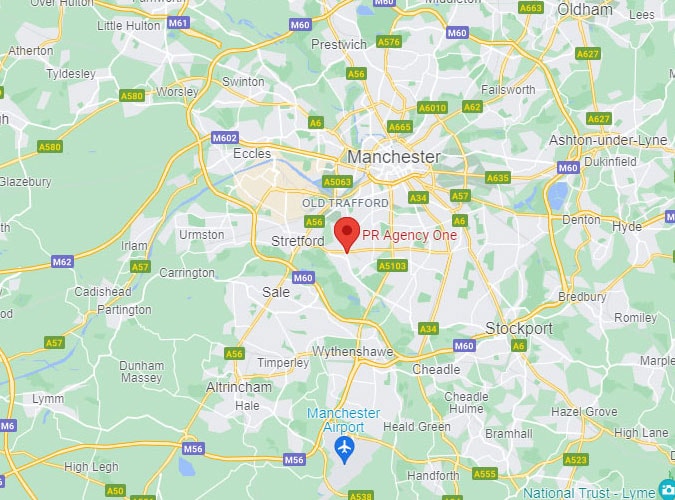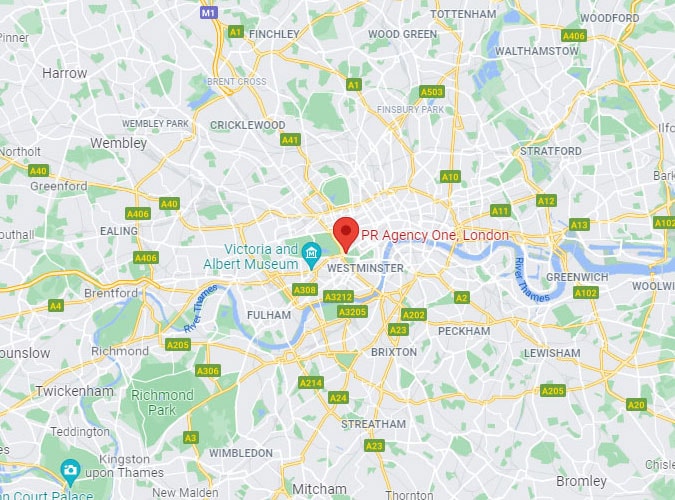Leadership for PR Professionals
In any industry, management can be a difficult task. As PR professionals, we work to tight deadlines, often juggling multiple projects at any given time. As such, watertight organisational skills are essential for the role.
However, it’s not just our own workloads we need to manage. As we progress through the ranks, we must learn to manage others. Or better still, lead and coach them.
While management may come naturally to some, the ability to recognise talent and help nurture and develop it, will take self-awareness, confidence and passion.
Some of the team recently undertook a course by the PRCA on managing performance to improve productivity. Here are some of the key things we learnt:
What’s the difference between management and leadership?
One of the key themes from our training session was to recognise how to lead team members instead of simply managing them.
For example, we will regularly ask our team members to complete a task to deadline. Hopefully, the result will be a solid piece of work, delivered on time and to the client’s requirements. But, how do we know if the team member felt particularly inspired when producing it?
This is where leadership can really help.
Rather than just delegating a task and telling the team member how to do it, we should be instead asking them how they might do it. By turning a command into a question, we are empowering someone to think. And if someone thinks about something, they are more likely to take ownership of it. A good leader would also chat through the brief and provide some context to how this particular task fits in with the overall campaign, as well as clearly outlining the desired outcome.
What motivates people?
There are many things that motivate people at work. It could be feeling a sense of achievement, receiving encouraging feedback, that the work itself is challenging or exciting, regular and open communication or opportunities for personal development. And some team members are motivated by multiple factors.
During the training session we were reminded to regularly draw on these examples to help us develop our teams. By finding out our individual team members’ motivations, we can tailor our approach so that they feel more fulfilled in their role.
The feedback loop
Keeping motivation in mind, we moved onto the essentials for providing team feedback. Eight key steps were outlined for approaching this, from initiating a conversation in a human way, describing the team members’ behaviour, having a discussion about the work, agreeing next steps, and always remembering to say thank you. Following this, a good tip is to book in a follow-up meeting to see if further training is required – something a leader does.
Helping people to grow through coaching
Further building on the leadership skills, we were introduced to a coaching process. The aim of this was to help us to encourage team members to answer their own questions by prompting thought around a specific problem. This taught us to follow a four-step process to consider the following:
- Goal – what are the benefits,
- Reality – what is the current situation,
- Options – if you could wave a magic wand, what would you do,
- Way Forward – what are you going to do? By answering each of these questions we each found that we’d come to a solution.
We’re now using these frameworks within our own teams to continue growing talented, passionate and engaged account executives and managers, full of enthusiasm and brimming with ideas for our clients.
Find out more about our career development programme for PR Professionals here.
Posted by
